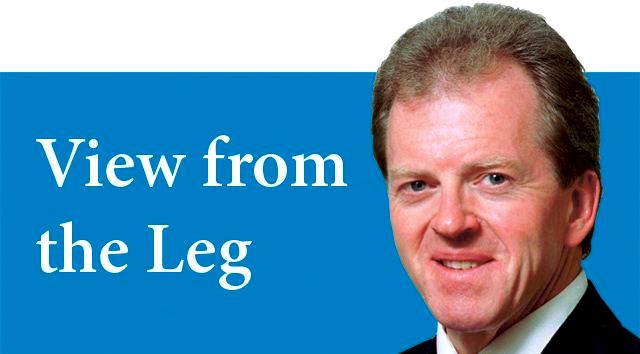The next B.C. election is shaping up as the most expensive in history, with the chief electoral officer Keith Archer budgeting an almost 20 per cent jump over the cost of the 2013 provincial vote.
The independent watchdog on
voting went before the legislature finance
committee earlier this month with an estimate of $44.5 million over three years for staging election 2017, up from $37.8 million last time.
He cited a half dozen reasons large and small for the escalation, from soaring rents for district offices, to a 27 per cent spike in the cost of mailing out some 3.2 million where-to-vote cards, to the advance printing and warehousing of 150 tonnes of paperwork, to the purchase of 2,000 laptops to manage voter lists at individual polling places.
Another costly change will see Elections B.C. staff several hundred advance-voting stations for six full days, up from four in the last campaign.
In the effort to accommodate the growing number who prefer the convenience of casting ballots before election day, Archer noted that advance polls for the provincial election will be open more than twice as long - 72 hours versus 32 - than in last year's federal election.
The high numbers do not reflect the all-in cost of getting the province through the four-year electoral cycle.
The chief electoral officer spends a further $9.5 million per year on routine activities.
Archer budgeted $6.9 million over two years on enumeration in adding another 100,000 newcomers to the voters' list.
Plus Elections B.C. spent $1.6 million redrawing the 85-seat electoral map to accommodate population growth and add two more seats to the legislature.
The latter exercise has drawn complaints about the slow progress in delivering the final set of boundaries on a neighbourhood-by-neighbourhood and street-by-street basis.
Elections B.C. maintains that the process is on track with what happened with the last major redistribution before the 2009 election.
Draft boundaries for the then-85 constituencies were published in mid-December 2008 and final maps were not out until Feb. 12 of election year, three months before voting day.
This time maps for the 87 constituencies are already on the website and the smaller-scale boundaries for several thousand individual polling divisions are scheduled to be delivered Dec. 1.
One switch that raised questions from several MLAs on the finance committee was Archer's decision to increase the number of eligible voters assigned to individual polling divisions from 400 to as many as 600 in suburban ridings and 700 in the urban centres.
Will that not lead to longer lineups and greater frustration at polling stations, asked MLAs from both sides on the all-party committee.
Archer said it won't because the increase was crafted to offset overstaffing in the face of declining turnout on election day.
The 400-voters-per-division standard was established in the days of 75 per cent turnout when almost everyone who voted cast ballots at his or her assigned polling station on election day.
Today, with more advanced and absentee voting and less turnout overall, the actual number of votes being cast per polling division on election day is in the 170 range.
By boosting the number of eligible names on the list, Archer is aiming to restore the traffic per polling division to what it was in the days of 75 per cent turnout.
As for the 100,000 new voters that Elections B.C. is adding to the list, the key consideration is whether they, no less than all too many of their fellow British Columbians, will get out to vote.
The chief electoral officer hopes the boost in advance polling coupled with a major advertising blitz will turn out the vote at better than the 57 per cent recorded in the last election, itself a two-point improvement on the previous campaign.
He did not mention that the Liberals have yet to act on his now-two-year-old recommendation to begin registering young people at age 16, so they would be on the list and ready to vote when they turn 18.
Perhaps, with an election approaching, he did not want to engage partisan sensitivities on either side of the committee.
But consider it mentioned nevertheless.



